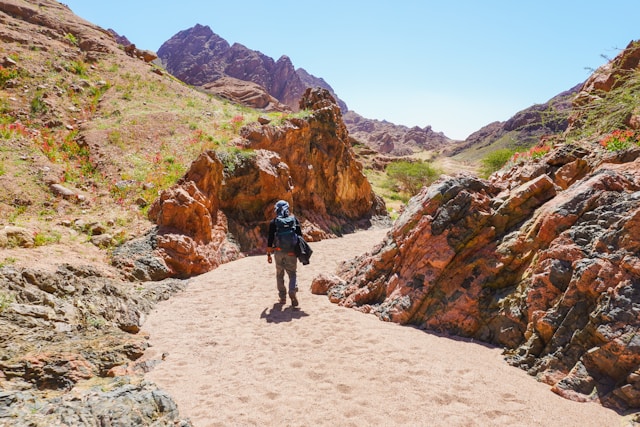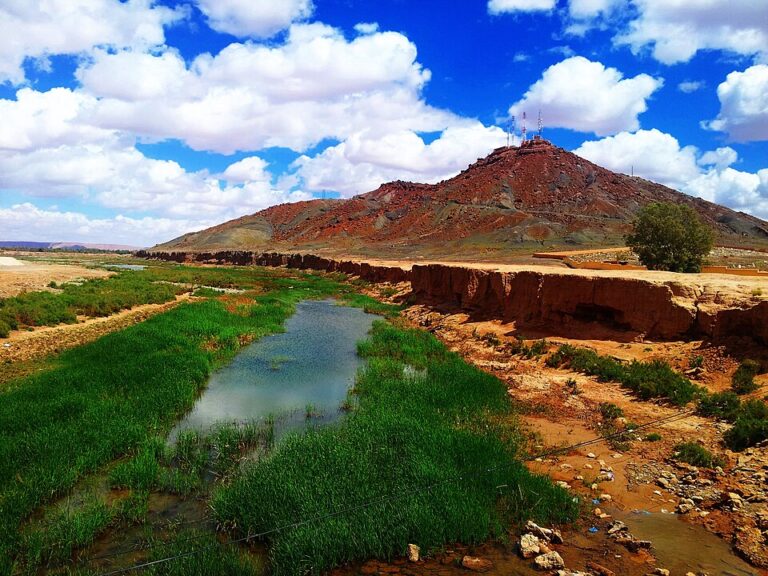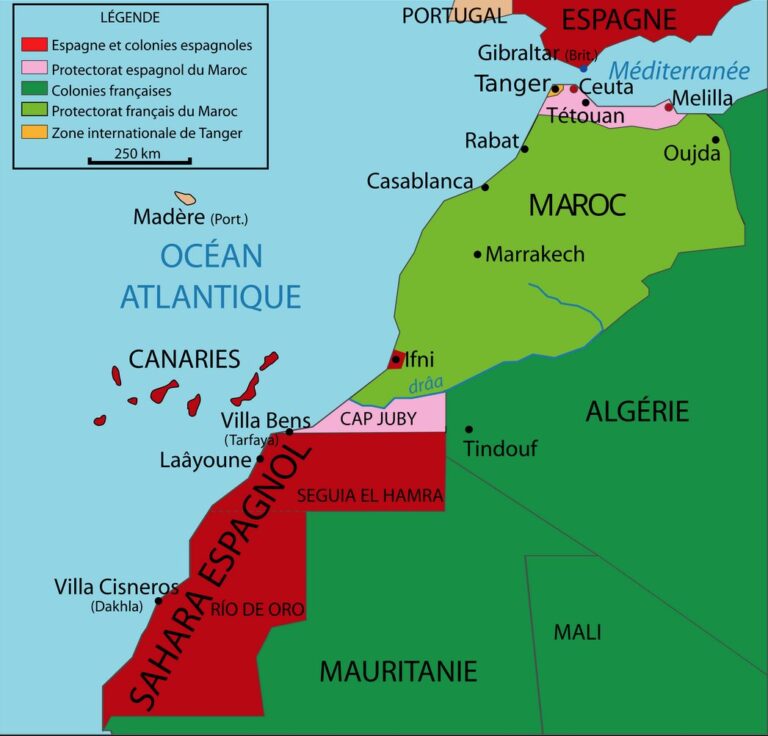
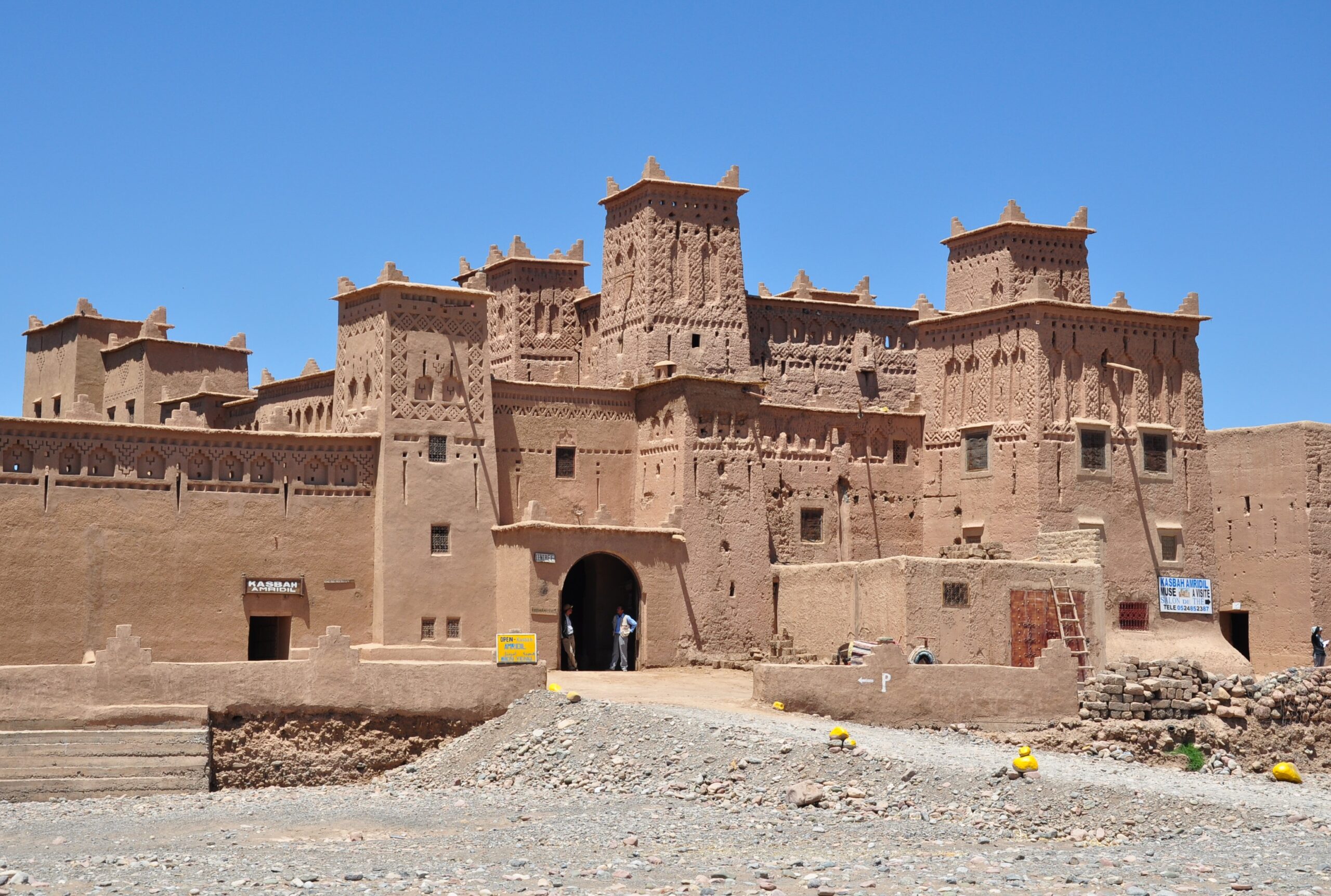
In the heart of Morocco’s enchanting Skoura Oasis stands one of the country’s best-preserved and most iconic fortified homes: the Amridil Kasbah. For centuries, this striking structure has captivated travelers, historians, and photographers alike with its mudbrick towers, intricately carved motifs, and storybook atmosphere. Whether you’re tracing the path of ancient caravans or simply seeking a peaceful detour from the bustle of Marrakesh, a visit to Amridil Kasbah is an unforgettable dive into Morocco’s rich cultural past.
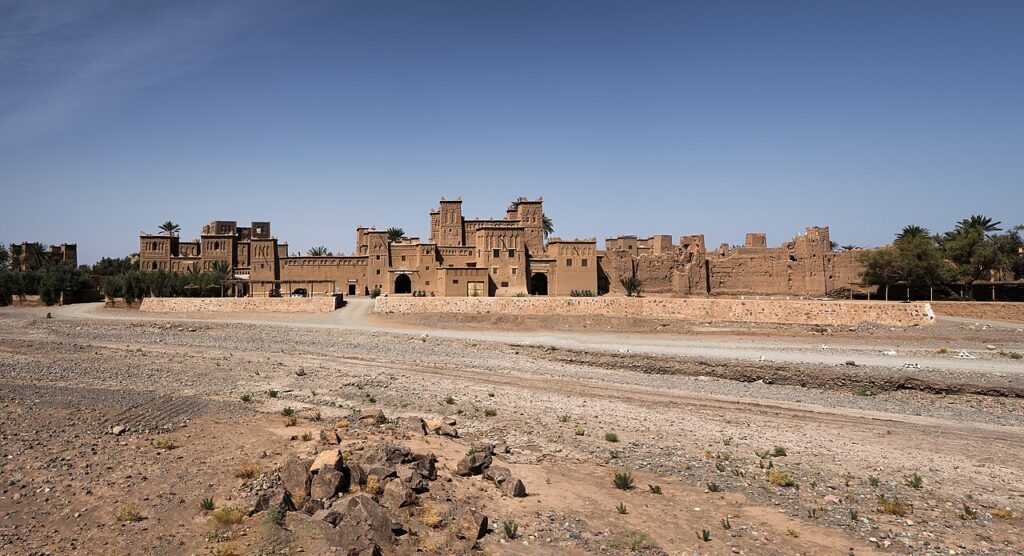
Discovering Amridil Kasbah: A Historical Treasure in Skoura
The Amridil Kasbah is located in the lush Skoura Oasis, about 40 kilometers east of Ouarzazate, often referred to as the “gateway to the Sahara.” Unlike other ksars (fortified villages), this kasbah is not a relic lost to time—it remains exceptionally well-preserved and partially inhabited by descendants of its original builders.
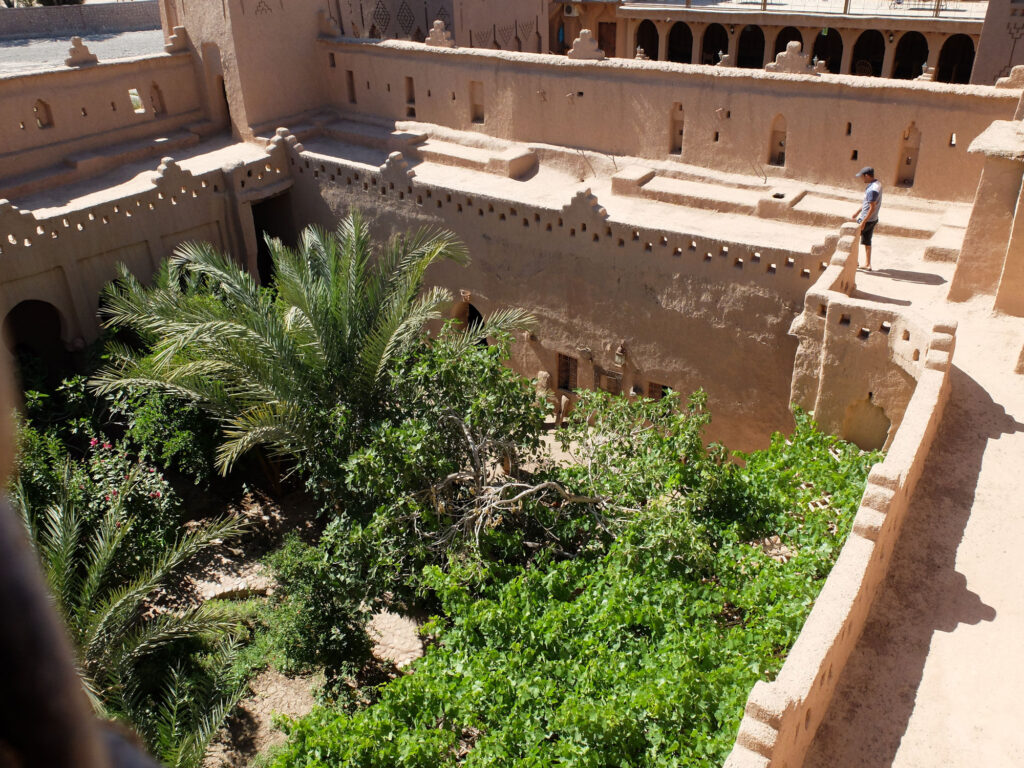
Built in the 17th century by the Nassiri family, the kasbah served not just as a residence but as a symbol of prestige and protection. Its strategic placement near the Dades River meant it was a resting point for merchants, pilgrims, and travelers on the ancient caravan routes. Over time, Amridil Kasbah evolved into a vibrant hub of local governance, trade, and culture.
With its sand-colored towers and symmetrical architecture, Amridil Kasbah has become an emblem of southern Moroccan architecture. It’s even featured on the Moroccan 50-dirham banknote—a testament to its cultural significance.
Must-See Highlights at Amridil Kasbah
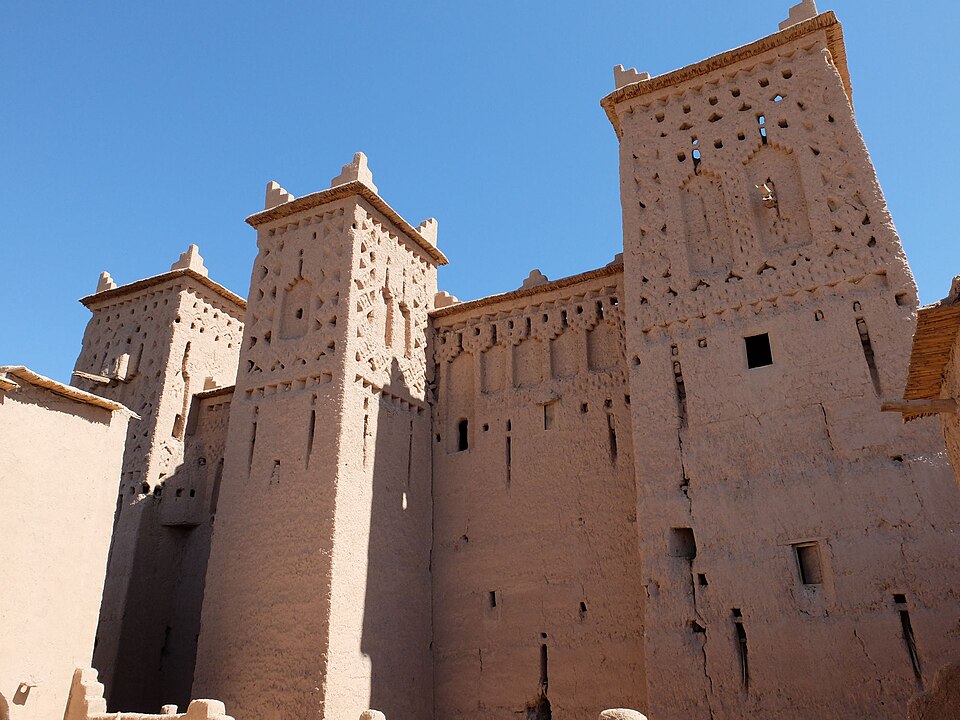
1. Architectural Marvels
The kasbah’s towering mudbrick walls, ornate ceilings, and traditional geometric patterns reflect the genius of Moroccan Berber architecture. Its four corner towers offer a panoramic view of the palm groves and desert landscape.
2. Interior Courtyards & Living Quarters
Inside, you’ll find traditional kitchens, stables, storage areas, and upper rooms that served as guest chambers. Some areas are still furnished with original artifacts like clay pots, woven baskets, and oil lamps—offering a glimpse into how families lived centuries ago.
3. Museum Displays
Parts of the kasbah have been turned into a small but impressive museum. Visitors can explore ancient farming tools, manuscripts, and items used in daily life. Guided tours—usually led by local family members—provide rich historical context and personal anecdotes.
4. Palm Grove Views
A short walk from the kasbah reveals sweeping views of Skoura’s palm groves, where you can wander through date plantations, see irrigation systems, and enjoy peaceful, shaded paths.
Travel Tips and Cultural Insights
When to Visit
The best time to explore Amridil Kasbah is in spring (March–May) or autumn (September–November) when temperatures are mild and the oasis is at its greenest.
Getting There
From Ouarzazate (a cinematic town famous for its role in Hollywood and Moroccan films), it’s about a 45-minute drive via Route N10. A rental car or local guide is recommended for flexibility and insight.
Tip: Ouarzazate is also home to Aït Benhaddou, a UNESCO World Heritage Site. Read more about Aït Benhaddou.
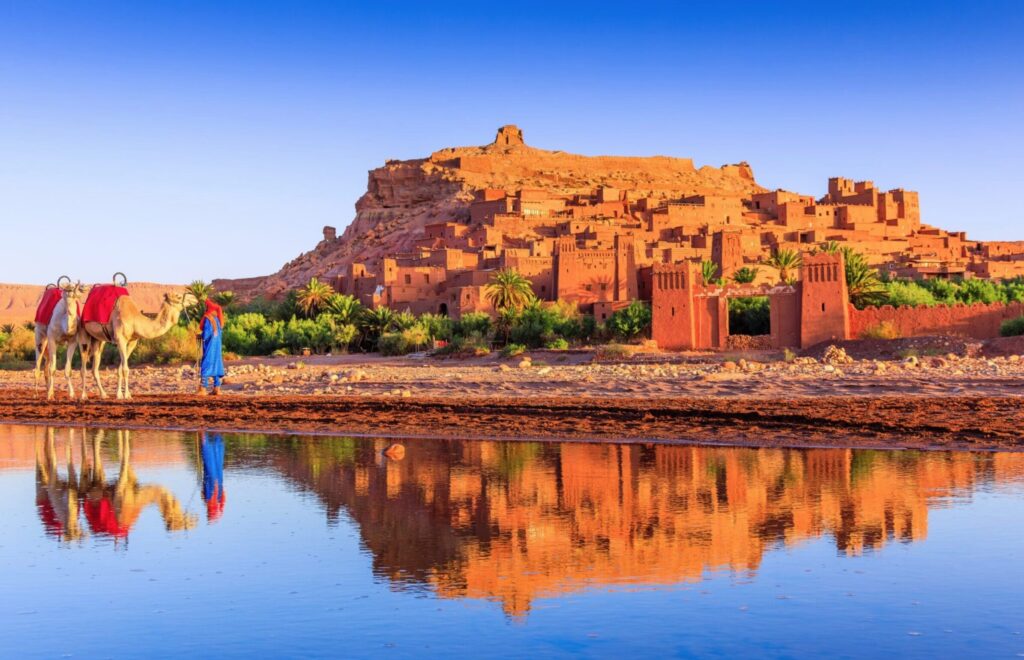
What to Wear
Modest, lightweight clothing and comfortable walking shoes are ideal. Hats and sunscreen are essential, especially in warmer months.
Cultural Etiquette
Respect for local customs goes a long way. Ask for permission before taking photos of people, and consider tipping your guide for their time and knowledge.
Traveler Stories: A Step Back in Time
Many visitors describe Amridil Kasbah as a highlight of their Moroccan adventure—not just for its beauty but for the atmosphere. One traveler from Spain recounted:
“Walking through the kasbah felt like stepping into another century. Our guide, a young man whose great-grandfather helped maintain the building, told stories passed down through generations. It was deeply personal and eye-opening.”
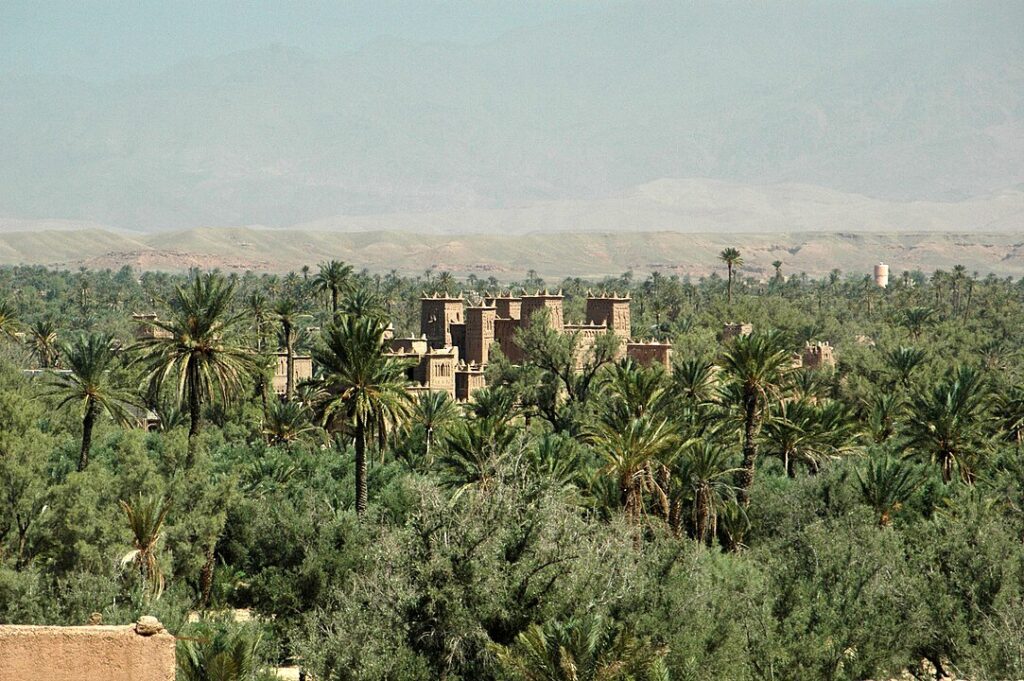
A Canadian couple praised the contrast between the ancient building and the vibrant life in the surrounding oasis. “We saw kids playing near the river, women gathering herbs, and families chatting in the shade of the palms. The kasbah isn’t just a museum—it’s part of a living community.”
Seasonal Insights & Future Recommendations
Spring and Autumn: The Ideal Seasons
Traveling in March through May or September through November ensures comfortable weather, fewer tourists, and vibrant landscapes. The oasis flourishes during these months, offering a stunning green backdrop to the kasbah’s earthy tones.
Festivals & Events
While Amridil Kasbah itself doesn’t host major festivals, nearby towns like Ouarzazate celebrate cultural events like the Rose Festival in El Kelaa M’Gouna (May), which makes for a colorful addition to your itinerary.
Recommended Itinerary Stop
If you’re planning a road trip through the Route of the Thousand Kasbahs, make sure to slot in a half-day at Amridil. Pair it with lunch in Skoura or an overnight stay at a local eco-lodge for a more immersive experience.
FAQ: Everything You Need to Know About Amridil Kasbah
What is the Amridil Kasbah?
Amridil Kasbah is a 17th-century fortified home in Skoura Oasis, Morocco. It showcases traditional Berber architecture and serves as both a museum and a cultural landmark.
How do I get to Amridil Kasbah?
You can reach the kasbah by driving or hiring a taxi from Ouarzazate. It’s located about 40 km east, along the Route of the Thousand Kasbahs.
Is there an entrance fee?
Yes, the kasbah charges a small entrance fee (usually around 20–30 MAD), which includes a guided tour by a local.
Can I visit without a guide?
While it’s possible, it’s highly recommended to go with a guide. They offer historical context and personal stories that bring the place to life.
How much time should I plan for the visit?
Most travelers spend 1–2 hours exploring the kasbah and its surrounding gardens. If you’re interested in photography or guided storytelling, plan for up to 3 hours.
Conclusion: Step Into Morocco’s Living History
A visit to Amridil Kasbah isn’t just a photo opportunity—it’s a journey into the soul of Morocco’s desert heartland. Here, history isn’t confined to museum plaques; it’s woven into every adobe wall and whispered through palm leaves in the breeze. Whether you’re a first-time visitor or a returning explorer, the kasbah offers something rare: a genuine connection to Morocco’s past and present.
Ready to make Amridil Kasbah part of your Moroccan adventure? Browse more hidden gems and cultural landmarks at skiesofmorocco —and start planning your journey today.


